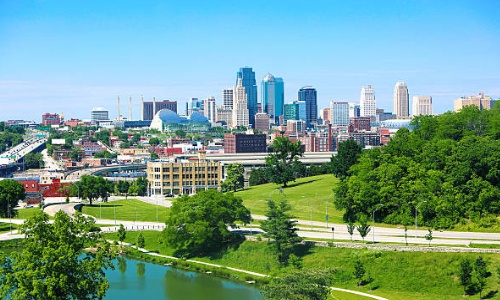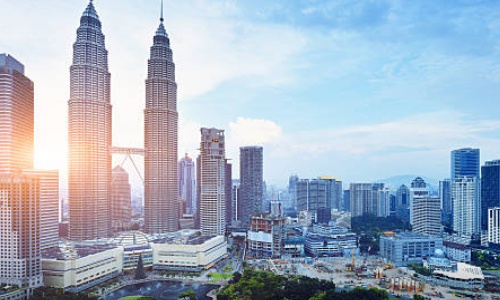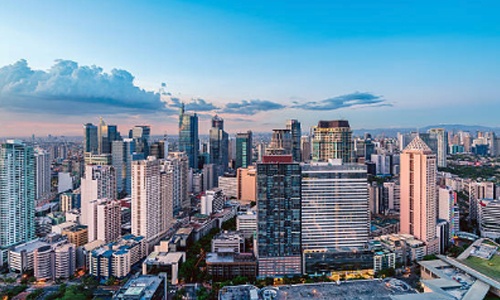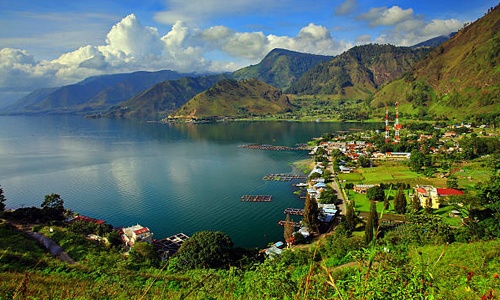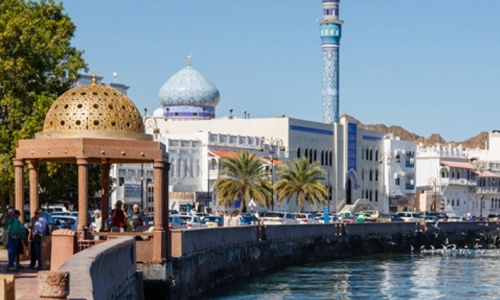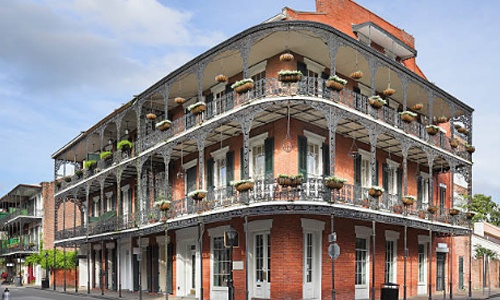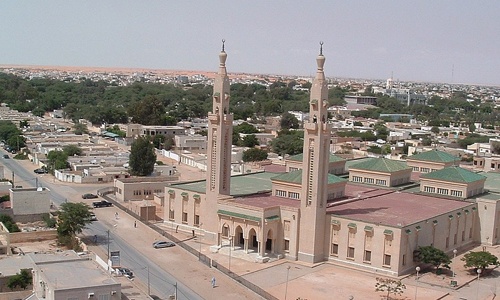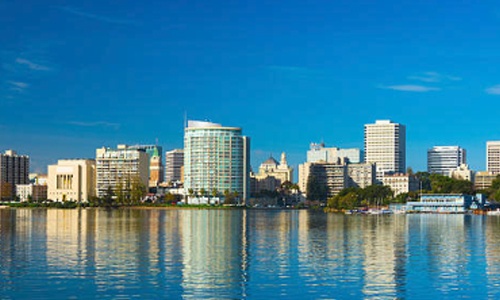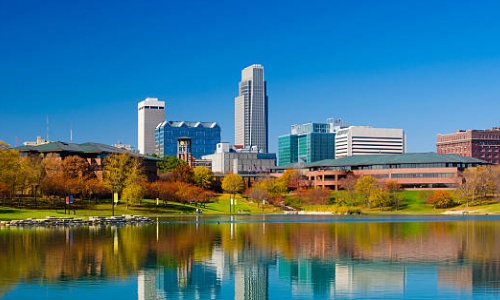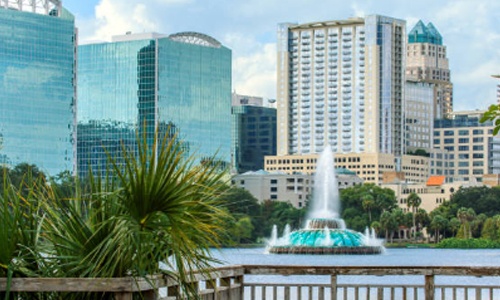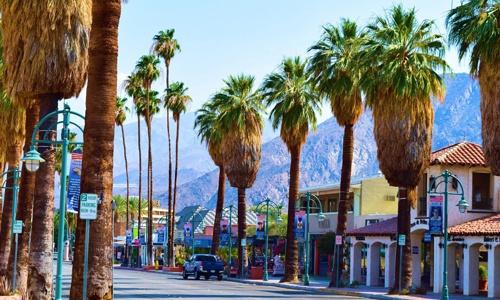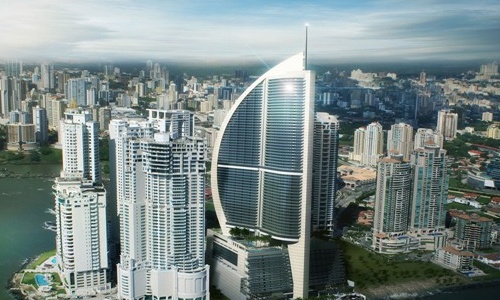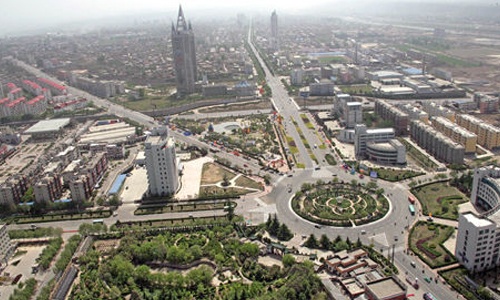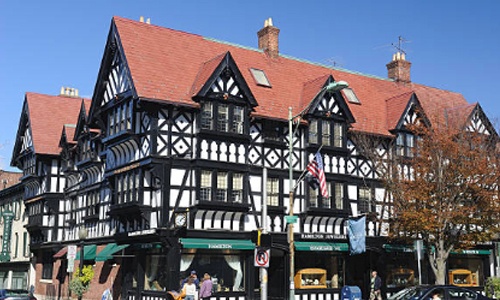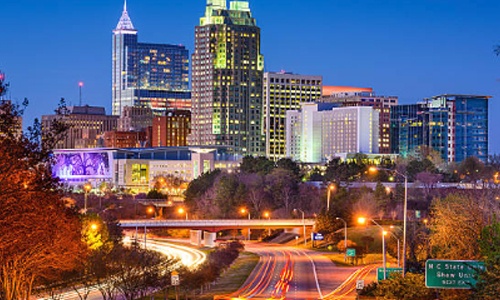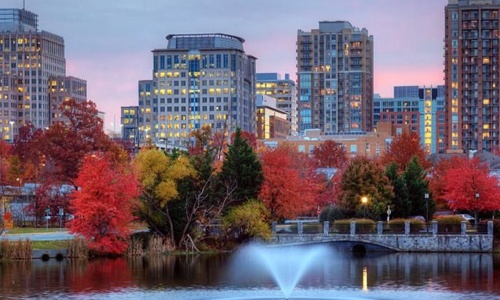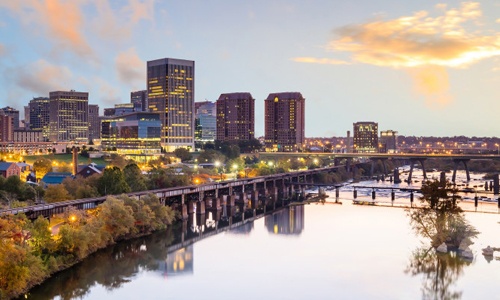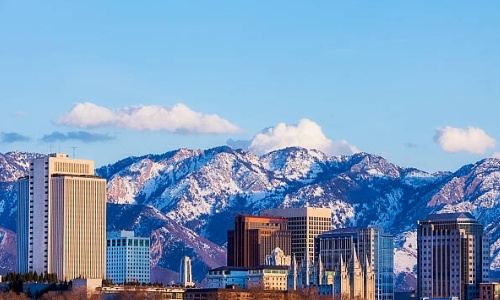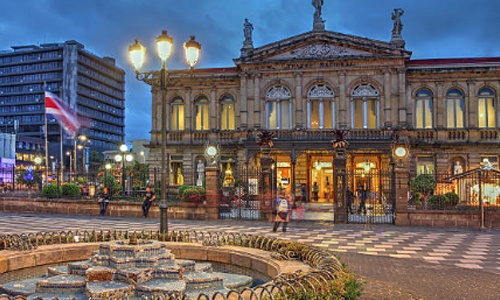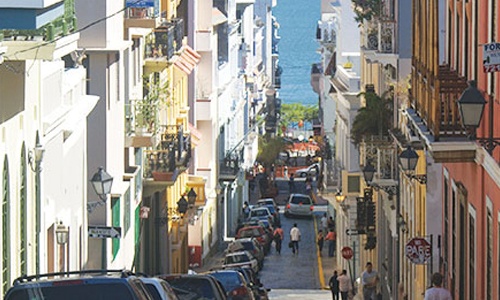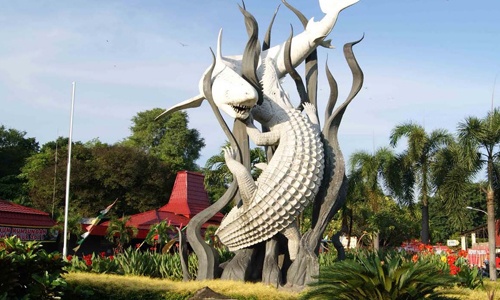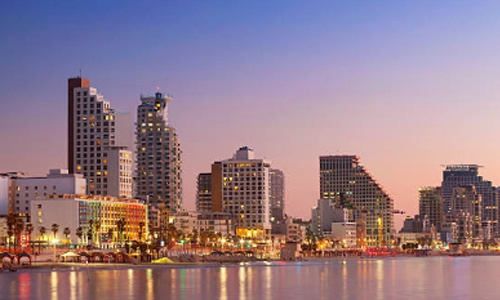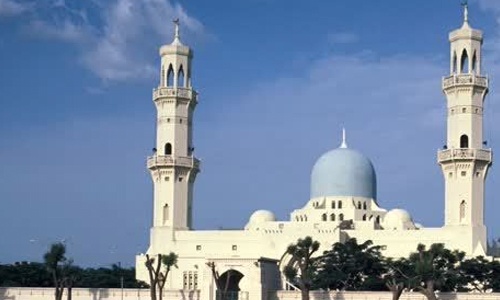
Kano, Nigeria
Kano is the capital of Kano State in North-West, Nigeria. It is situated in the Sahelian geographic region, south of the Sahara. Kano is the commercial nerve center of Northern Nigeria and is the second largest city in Nigeria, after Lagos. The Kano metropolis initially covered 137 square kilometers (53 square miles), and comprised six local government areas (LGAs) — Kano Municipal, Fagge, Dala, Gwale, Tarauni and Nasarawa; However, it now covers two additional LGAs — Ungogo and Kumbotso. The total area of Metropolitan Kano is now 499 square kilometers (193 square miles), with a population of 2,828,861 as of the 2006 Nigerian census. The principal inhabitants of the city are the Hausa people. As in most parts of northern Nigeria, the Hausa language is widely spoken in Kano. The city is the capital of the Kano Emirate. The current emir, Muhammadu Sanusi II, was enthroned on 8 June 2014 after the death of Alhaji Ado Bayero, the thirtieth emir of Kano, on Friday, 6 June 2014. The city’s Mallam Aminu Kano International Airport, the main airport serving northern Nigeria, is named after a politician, Mallam Aminu Kano.






